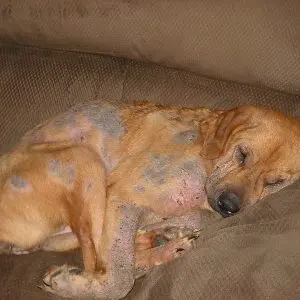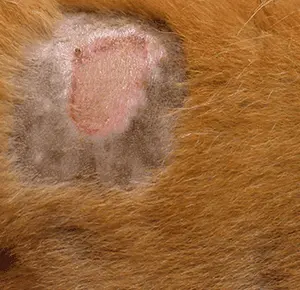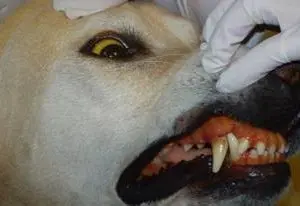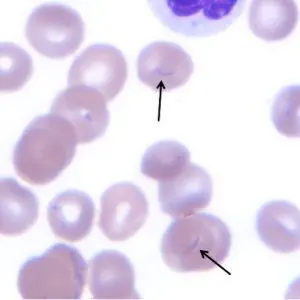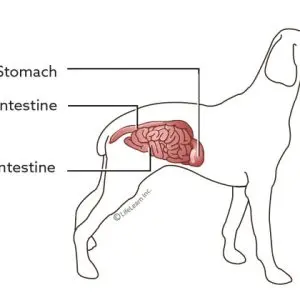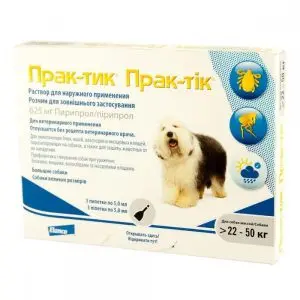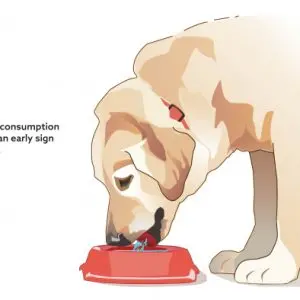Prevention
Demodicosis in dogs
Demodex mite — it is a normal inhabitant of the skin in dogs and can be found in the skin and ear canals even in healthy animals. It gets on the skin of…
Staphylococcus aureus in dogs
Causes and causative agents of the disease Staphylococcus aureus is a genus of bacteria widely distributed in the world. The reasons for the spread of this disease include the high resistance of these…
Asthma in dogs
Bronchial asthma in dogs is a chronic inflammatory disease of the respiratory tract, which, unfortunately, is becoming more common in dogs every year. Asthma in dogs is manifested by episodes of labored breathing…
Leptospirosis in dogs
Leptospirosis is a zoonotic disease, which means that the disease can be transmitted from animals to humans. Therefore, the prevention of dog infection directly affects our health. Dogs of all breeds and ages…
Mycoplasmosis in dogs
Reasons for infection Cause of this disease — single-celled microorganisms that do not have their own cell wall — mycoplasmas (lat. Mollicutes). By structure, mycoplasma is closer to viruses, but according to modern…
Gastritis in dogs
The main cause of gastritis is malnutrition of the dog. Feeding errors are very common. Many owners, wishing the best for their four-legged friend, unconsciously do them daily. Unfortunately, the dog cannot say…
Vlasoyed in dogs
The dog lice (Trichodectes canis) causes the disease trichodectosis. The parasite Trichodectes canis belongs to the order Mallophaga chewing lice. Chewing lice feed on skin scales (epithelial debris) and hair. There are also…
Hernias in dogs
Most often, hernias occur in dogs, there is no sexual predisposition. There are breed characteristics: for example, dachshunds more often than other dogs suffer from intervertebral hernias. Causes of appearance All types of…
Renal failure in dogs
Symptoms of the disease The functions of the kidneys in the body are diverse – they include not only the excretory role, but also participation in the metabolism of proteins, carbohydrates and lipids,…
Anemia in dogs
There are regenerative anemias (with sufficient bone marrow function), which develop after bleeding or hemolysis, and non-regenerative, or hypoplastic, with reduced or completely inhibited erythropoiesis, for example, as a result of bone marrow…

